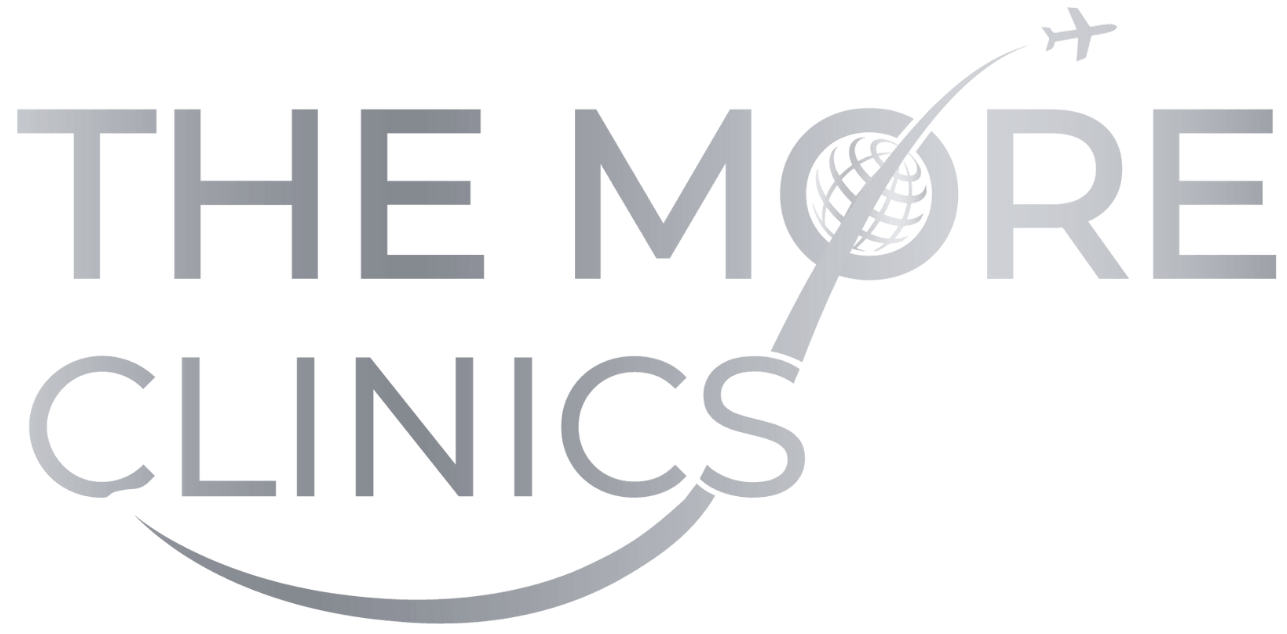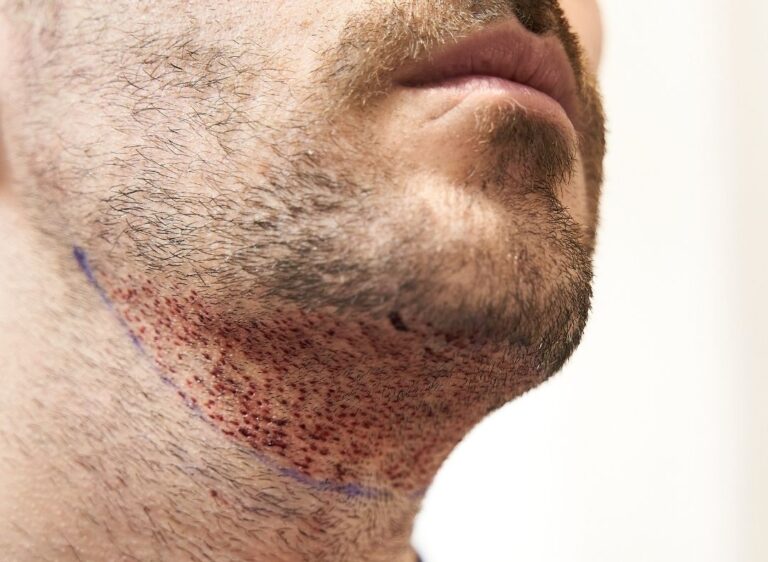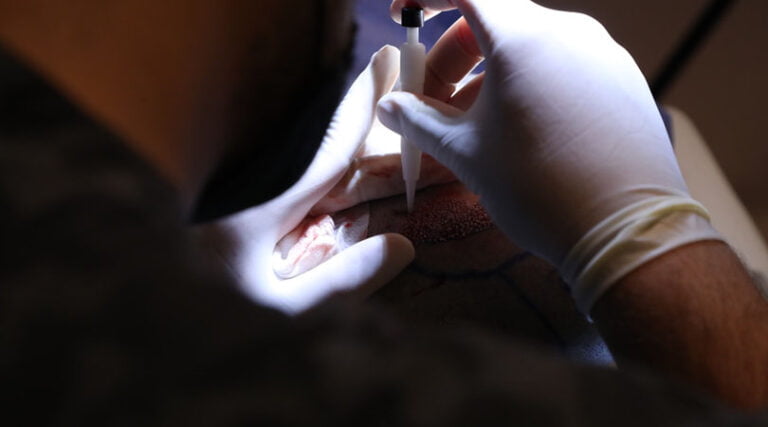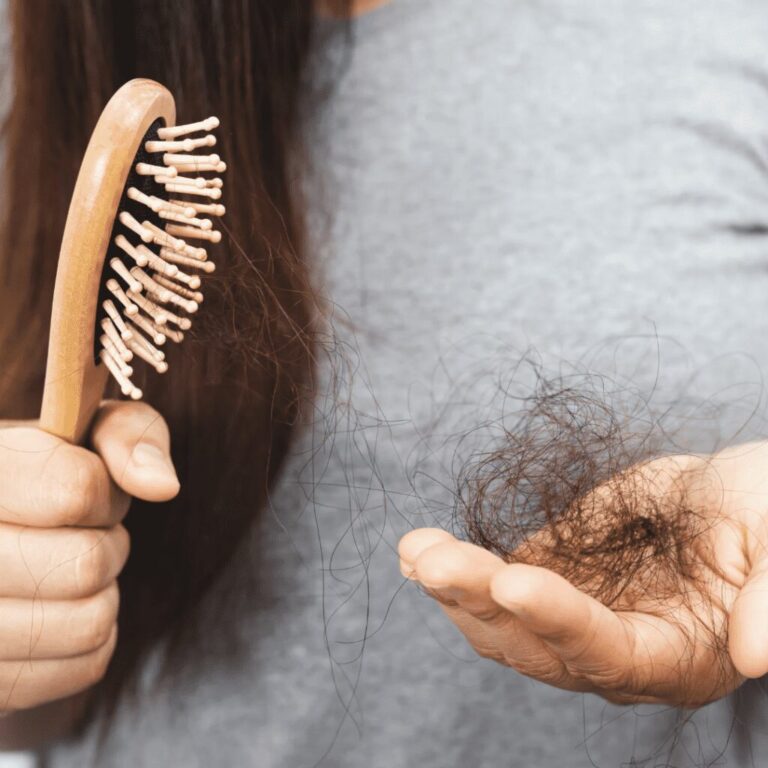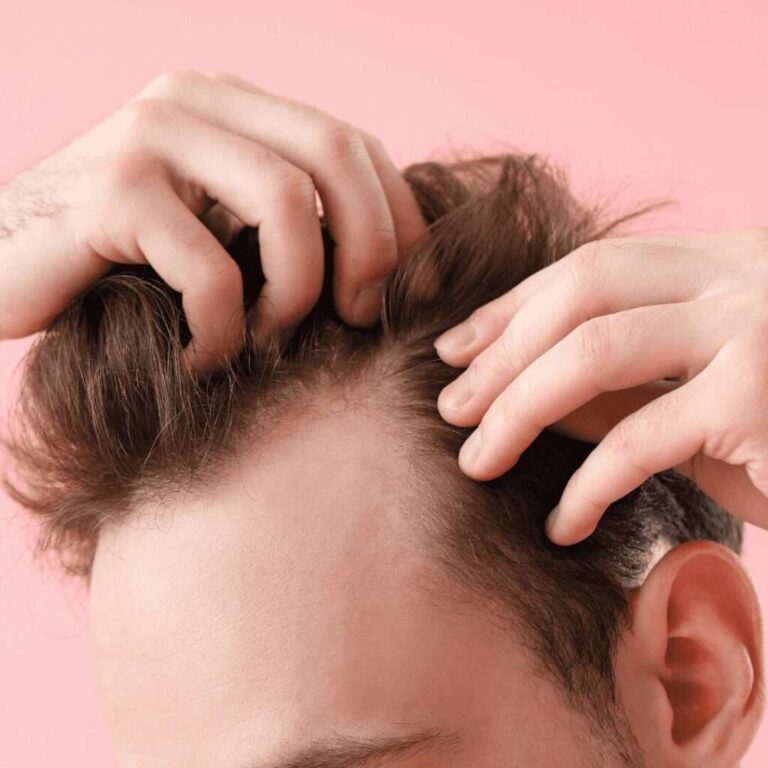All You Need to Know About Minoxidil (Rogaine)
Minoxidil (Rogaine) is a popular treatment for hair loss and related conditions like alopecia. It is available over the counter, but it’s important to consider the potential side effects before use.
This topical solution, available as a gel or foam, is designed to be applied directly to the scalp on a daily basis. However, it’s worth noting that some users may experience initial hair loss when starting minoxidil treatment, although this is usually temporary. When using minoxidil to restore hair, it’s important to carefully follow the instructions and be aware of any potential side effects.
What is Minoxidil?
The history of Minoxidil is fascinating. Originally developed as an oral drug to treat high blood pressure, it was discovered to have an unexpected side effect – promoting hair growth. It was initially prescribed in the 1970s as an oral medication, but patients soon reported hair growth as a side effect. This led to its development as a topical solution for hair loss.
Minoxidil is a medication that gained fame as a hair loss treatment in 1987. Today, it is primarily used topically as a solution or foam applied directly to the scalp. Minoxidil and Finasteride are the only two FDA-approved drugs for the treatment of male pattern baldness or female pattern baldness, making it a popular option for those struggling with hair loss. Related Post: Types of Hair Loss

Rogaine does not penetrate the blood-brain barrier, and the body eliminates this drug through the kidneys within 4 days. Additionally, minoxidil is classified as a vasodilator, which means it widens blood vessels at the application site, promoting improved blood flow. This enhanced circulation to the scalp may contribute to the hair growth effects observed with minoxidil.
Hair Growth Cycle
Understanding the hair growth cycle is essential to grasp how it works. Hair goes through a continuous cycle of growth, rest, and shedding. Minoxidil primarily affects the growth phase, known as the anagen phase.
Anagen Phase: Hair actively grows during this phase and can last for several years. Minoxidil extends this phase, promoting increased hair growth.
Catagen Phase: This transitional phase occurs when hair stops growing and begins to detach from the follicle.
Telogen Phase: The resting phase, where hair remains attached to the follicle but does not grow. After this phase, hair sheds and re-enters the anagen phase.
Exogen Phase: The shedding phase, where hair that has completed the telogen phase is released from the follicle.
How Does it Work?
The exact mechanism of action isn’t fully understood, but it is believed to extend the hair’s growth phase and increase blood flow to the hair follicles. By doing so, it can help revitalize dormant follicles and promote the growth of thicker, healthier hair. This means more hair can grow, leading to increased hair density.
Before seeing the effect of Rogaine, it’s necessary to use it consistently for at least 2-4 months. Individual outcomes may differ, highlighting the importance of patience and perseverance. Rogaine has been shown to effectively combat hair loss and stimulate hair growth in specific individuals, although it doesnt not work for everyone.
Benefits
Aside from its primary function as a hair loss treatment, minoxidil has also been found to have other benefits:
- It can improve overall hair health by promoting blood flow to the scalp.
- Minoxidil can also help strengthen hair follicles, making them less prone to breakage.
- It is a relatively affordable treatment option compared to other hair loss treatments.
- Minoxidil is available over the counter without a prescription, making it easily accessible.
Side Effects of Minoxidil
While minoxidil is generally well-tolerated, like any medication, it may cause side effects in some individuals. Common side effects include:
- Scalp irritation, such as redness or itching.
- Increased hair shedding during the first few weeks of use. This is usually temporary and should subside with continued use.
- Excessive facial hair growth in women.
- Chest pain or difficulty breathing (in rare cases).
If you experience any severe side effects, it’s important to stop using minoxidil and consult a doctor.
Minoxidil drug interactions
You should speak with your healthcare provider before using minoxidil if you are taking any other medications.
Minoxidil has been shown to interact with certain drugs, including:
- Topical corticosteroids: These medications can increase minoxidil absorption and potentially lead to side effects.
- Vasolidators: Minoxidil should not be used in combination with other vasodilators (blood pressure and erectile dysfunction medications) as it can cause a dangerous drop in blood pressure
How to Use Minoxidil
Using Rogaine is straightforward. It typically comes in the form of a topical solution or foam. Here’s how to use it:
- Prepare Your Scalp: Ensure your scalp is clean and dry before applying Minoxidil.
- Apply the Solution: Use the provided dropper or foam applicator to apply Minoxidil to the affected areas.
- Massage In: Gently massage the solution into your scalp.
- Let It Dry: Allow the solution to dry completely before styling your hair.
Pro Tip: It’s essential to use Rogaine consistently for the best results. Most people apply it twice daily.
Alternative Methods to combat Hair Loss
If you are looking for alternative options to treat hair loss, there are several natural and medical treatments available. Some potential alternatives:
- Finasteride: Another FDA-approved medication that works by blocking DHT (the hormone linked to male pattern baldness).
- Laser therapy: This treatment uses low-level laser light to stimulate hair growth.
- Hair transplant surgery: A surgical procedure that involves transplanting hair follicles from one area of the scalp to another.
- Dietary supplements: Some supplements, such as biotin and saw palmetto, claim to improve hair growth. However, there is limited scientific evidence to support their efficacy.
Last Words from The More Clinics
Rogaine is a reliable remedy for combating hair loss and stimulating hair regrowth. When it is used with Finasteride, it can provide significant results. For the best outcome, make sure to follow the instructions and use it consistently. However, it is important to keep in mind that it is not giving the same results for everyone.
Frequently Asked Questions
It is primarily effective for genetic hair loss, also known as androgenetic alopecia. It may not be as effective for hair loss caused by other factors or hair loss in women.
Results can vary, but many users start to see improvements after a 8 weeks of consistent use.
Yes, Minoxidil is approved for both men and women, but there are different formulations for Minoxidil for women.
Minoxidil is generally safe for adults. However, it may not be suitable for children.
It’s best to continue using Minoxidil to maintain the results. If you stop, any newly grown hair may gradually thin and fall out.
Pregnant or breastfeeding women should consult a healthcare professional before using Minoxidil to ensure it’s safe for them. It is not recommended for use during pregnancy or while breastfeeding.
No, Minoxidil does not change hair color. However, in some individuals, it may cause an initial shedding of colored hairs before new growth appears. This shedding is temporary and will eventually be replaced by new hair growth.
